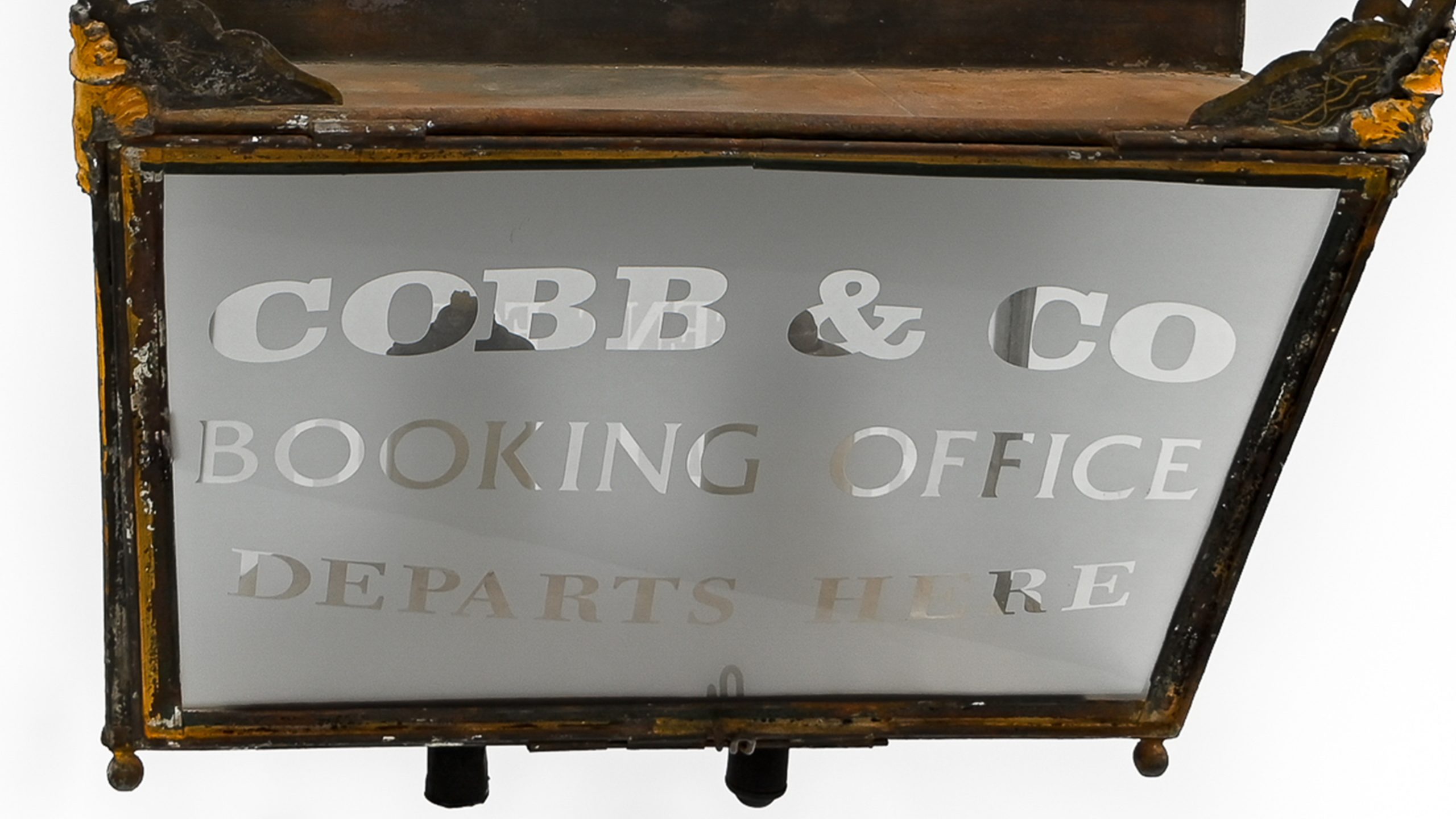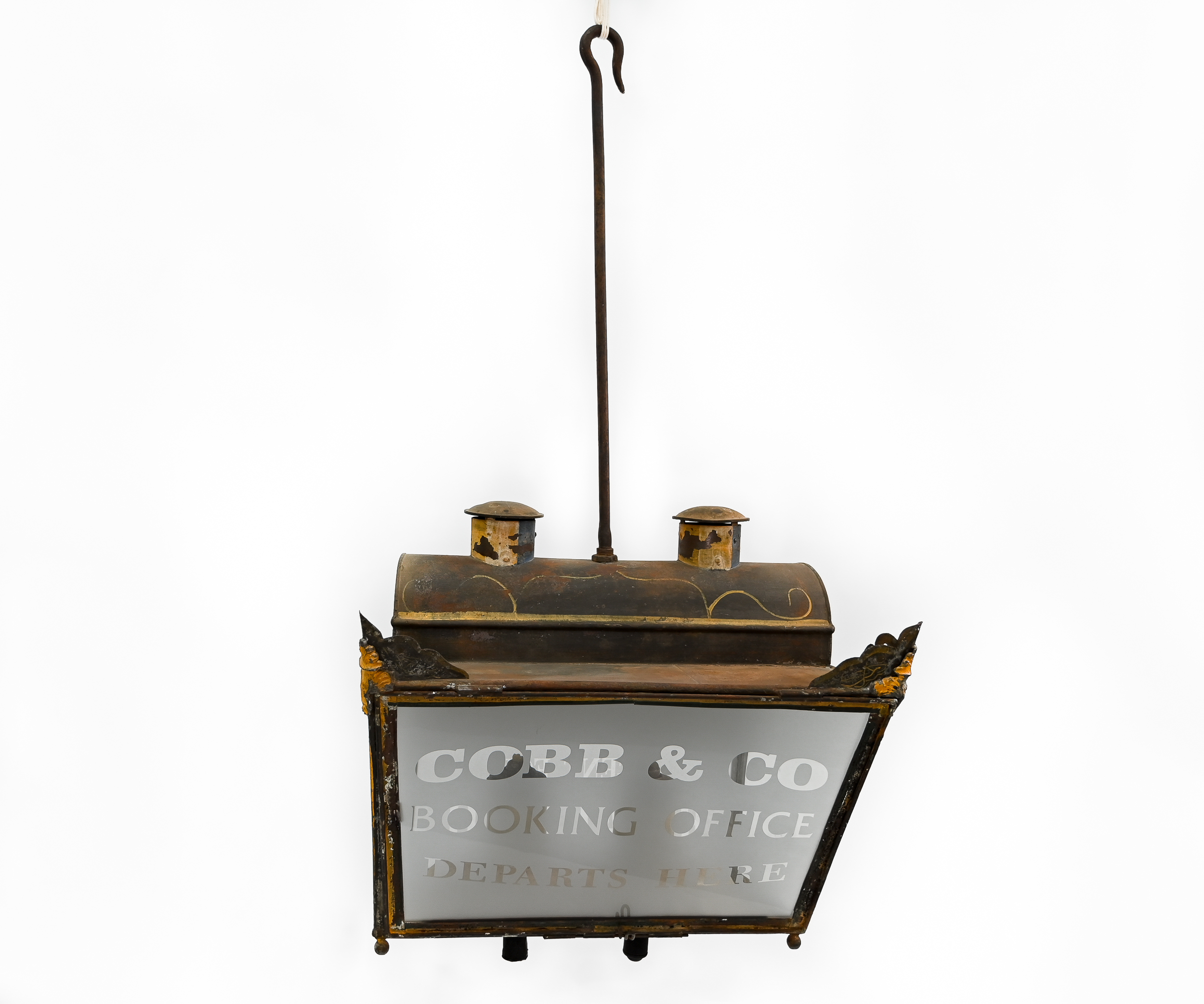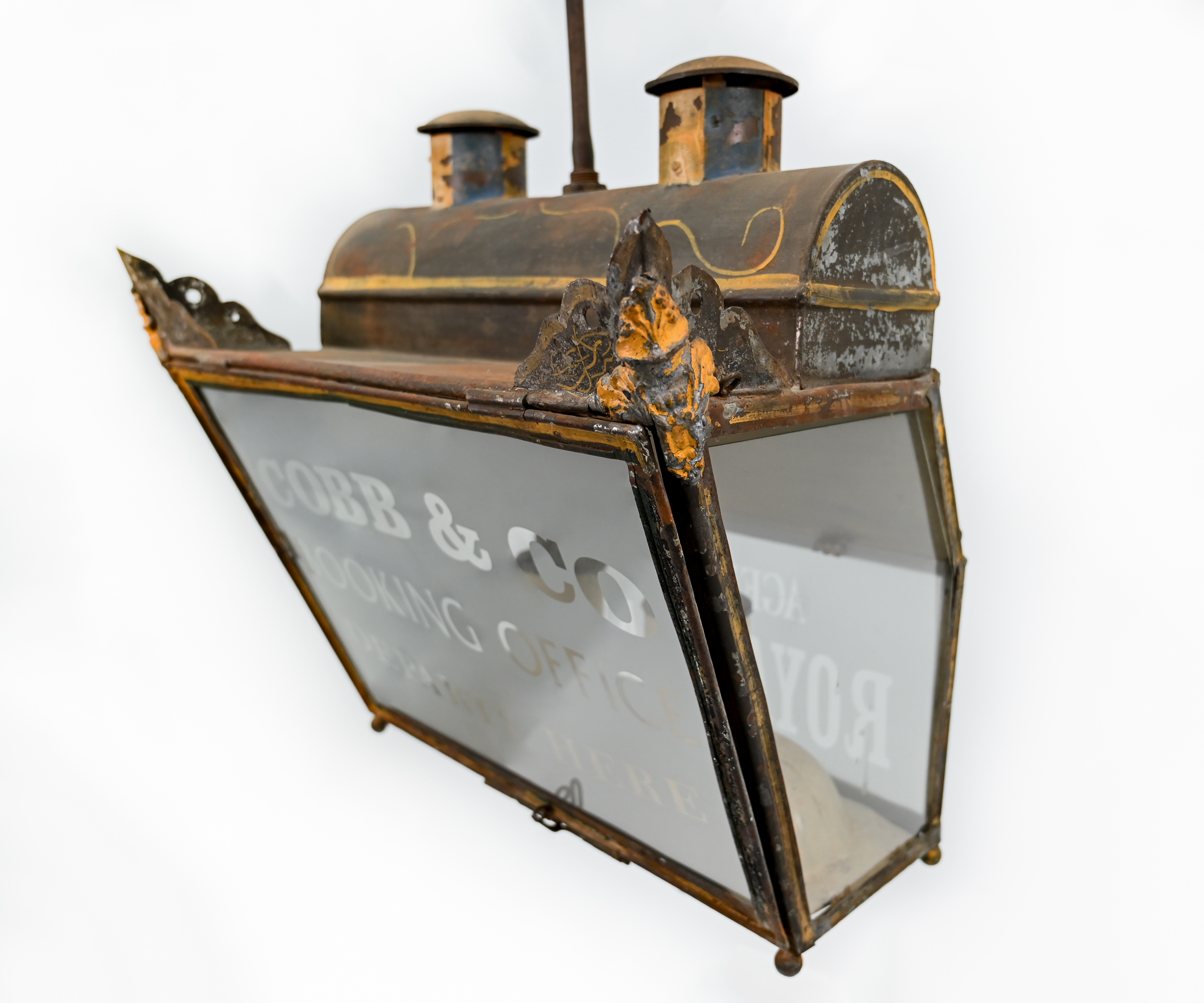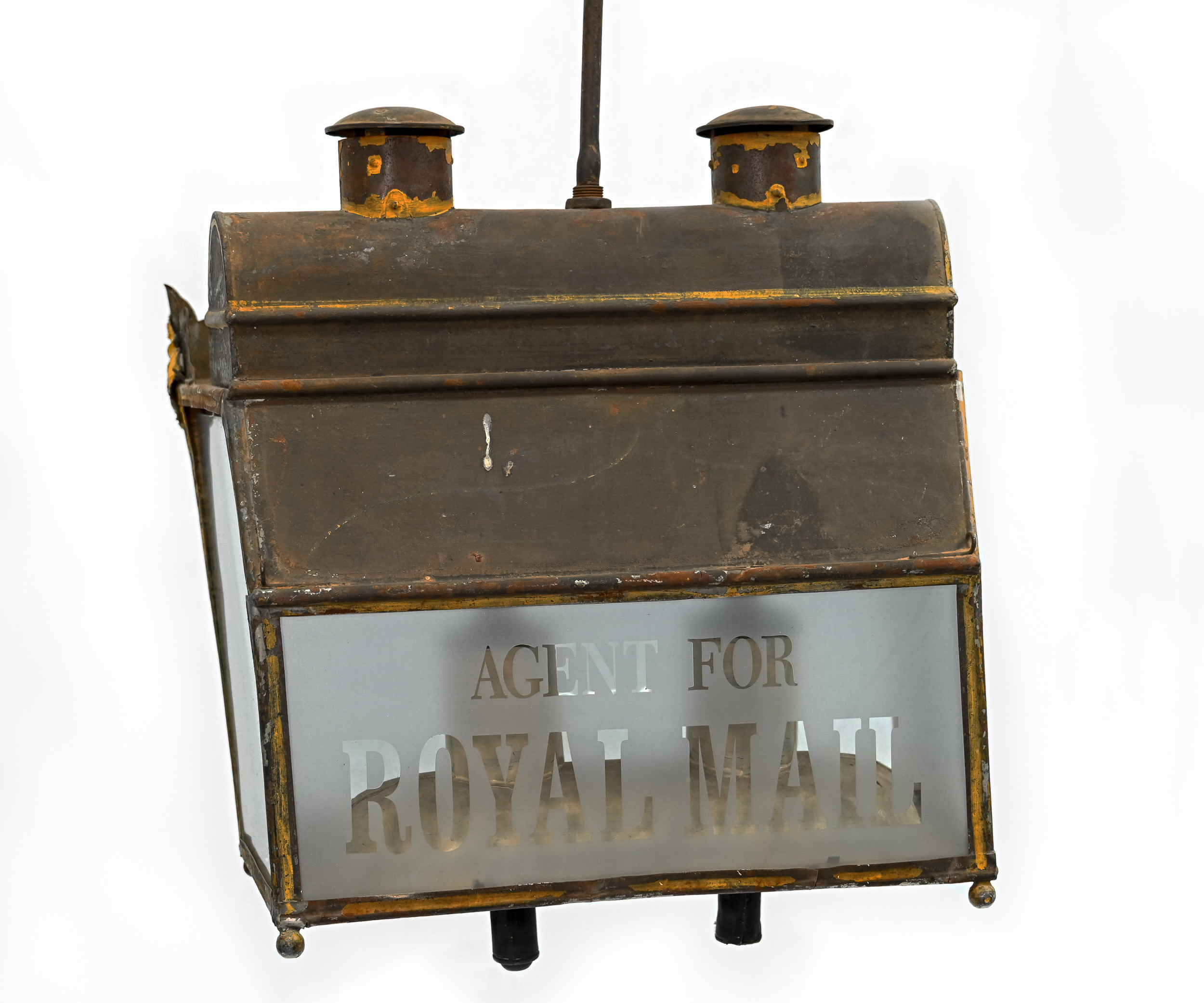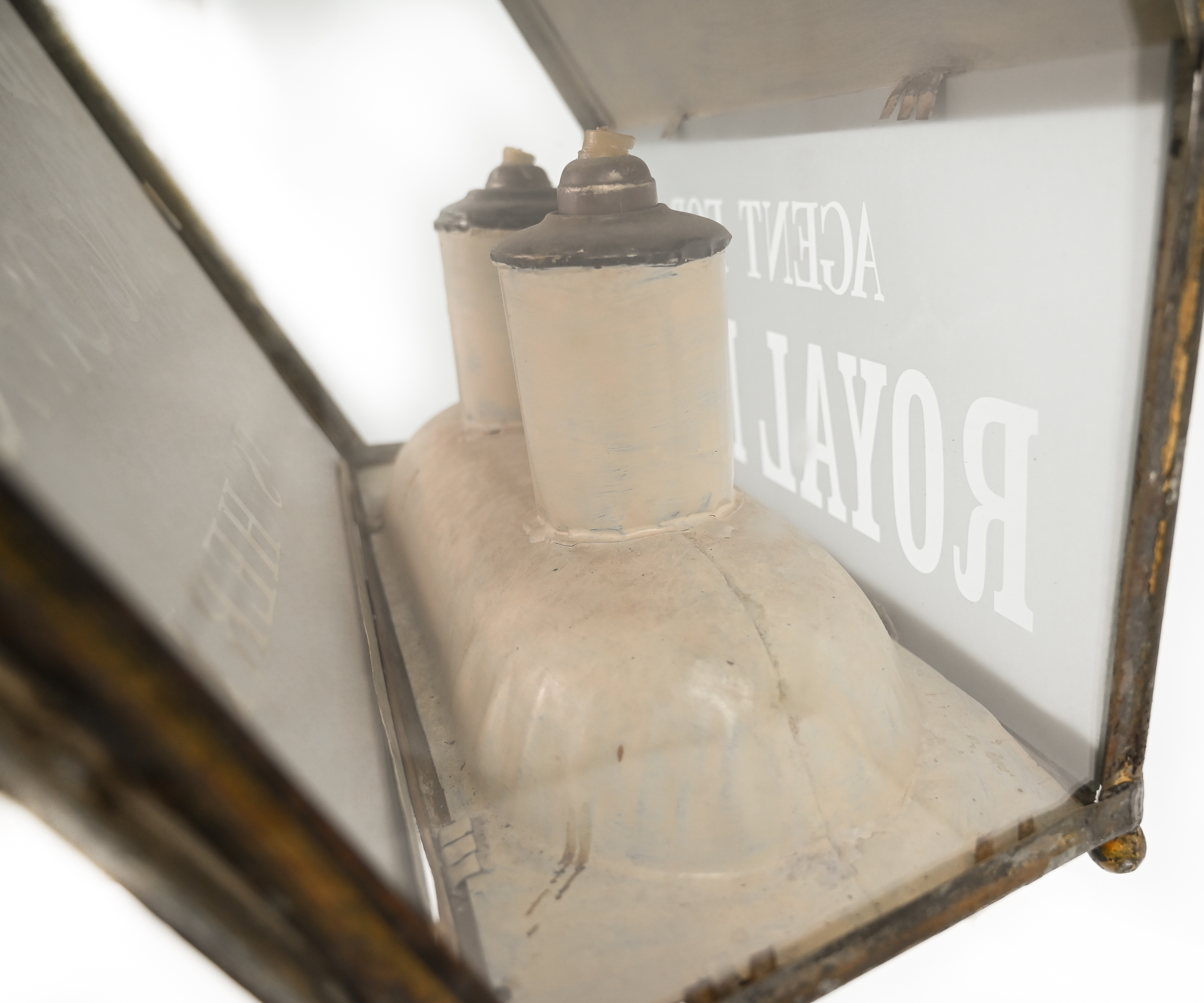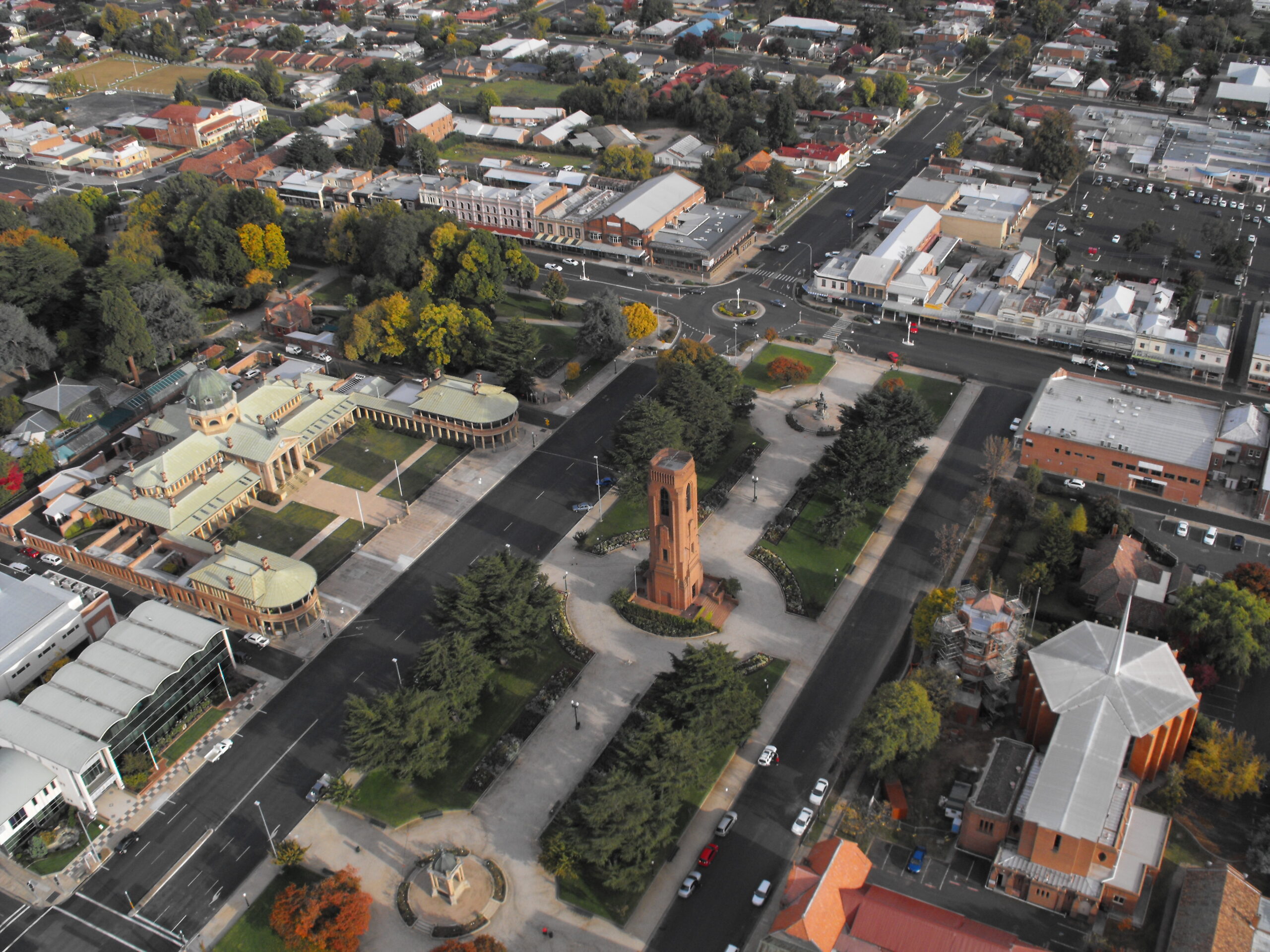Burning the Midnight Oil
Cobb & Co Light the Way
The horses whinnied restlessly as the coachman, Jim Lowe, prepared their harnesses. Nearby, hanging at the entrance of the Cobb & Co booking office, this lantern beamed brightly like a beacon in the pre-dawn darkness. The passengers had been called for at their lodgings half an hour before – their coach was ready to make its long, regular journey from Bathurst to the gold diggings at Hill End.
With a shout of ‘All aboard!’ and a final nod to the booking office clerk, Jim cracked his whip. Hooves began clopping and coach wheels rattled along the dusty road, leaving behind the glowing lantern.
For centuries, before the invention of natural gas lighting, streetlamps and shopfront lanterns were illuminated by candles or burning cotton wicks soaked in vegetable or whale oil. But in 1846, kerosene (also known as paraffin) was discovered and became a common fuel for lamps and lanterns.
In the 1860s, this lantern would have been refilled with fuel and lit each evening by William ‘Bill’ Grossett, the booking office clerk. Later on, in the 1880s, the simple task might have fallen to the young Bathurst-born cricketer, Charles ‘Charlie’ T.B. Turner (1862-1944).
It was a shrewd business move by Cobb & Co owner, American entrepreneur James Rutherford (1827-1911), that saw the company’s headquarters move from Victoria to Bathurst, NSW in 1862. The gold rush meant business was booming in the region and, by running a network of routes across the state, Cobb & Co was able to take up the lucrative gold escort and mail delivery contracts.
This lantern, promoting the company as the official carrier of the ‘ROYAL MAIL,’ was most likely suspended at the door of the first booking office, located in a modest building on William Street, and from 1876, outside the new office located in the School of Arts Building. Though streetlamps in Bathurst were being converted to piped natural gas at the time, the associated costs meant this kerosene lantern may well have marked the booking office entrance right up until the company moved out of the building in 1911.


